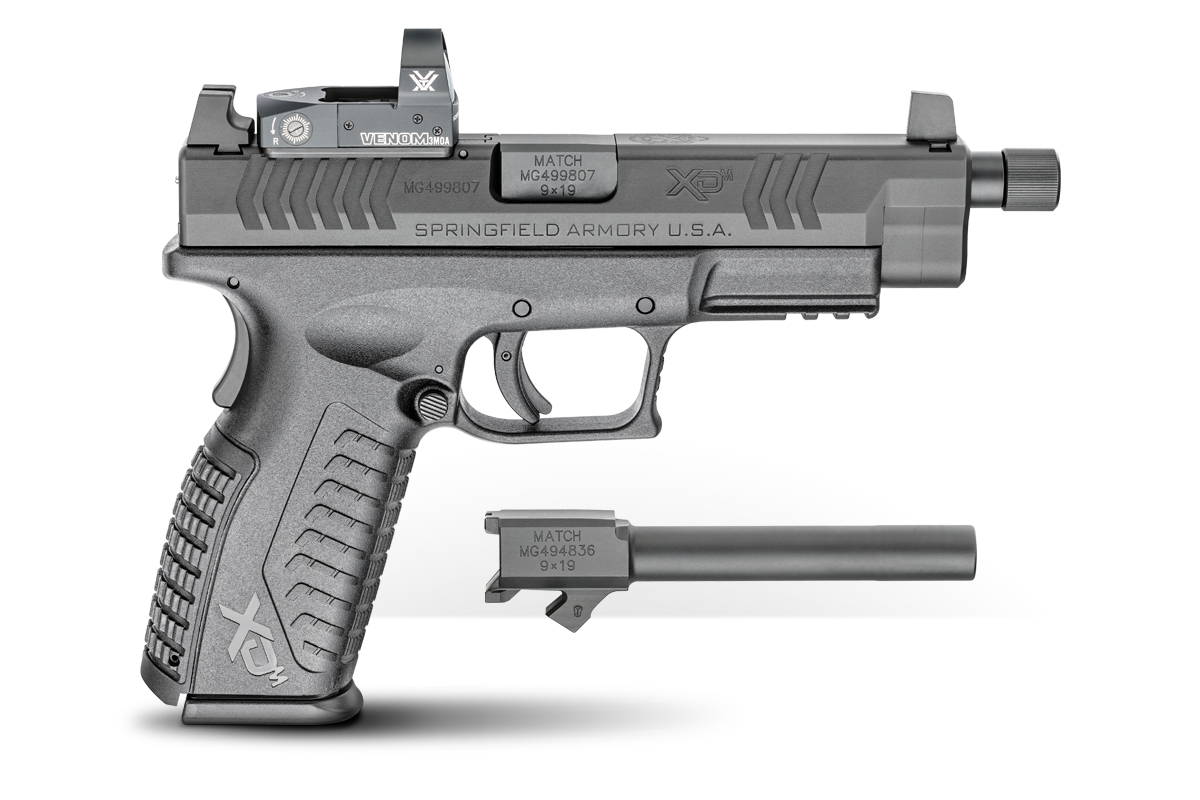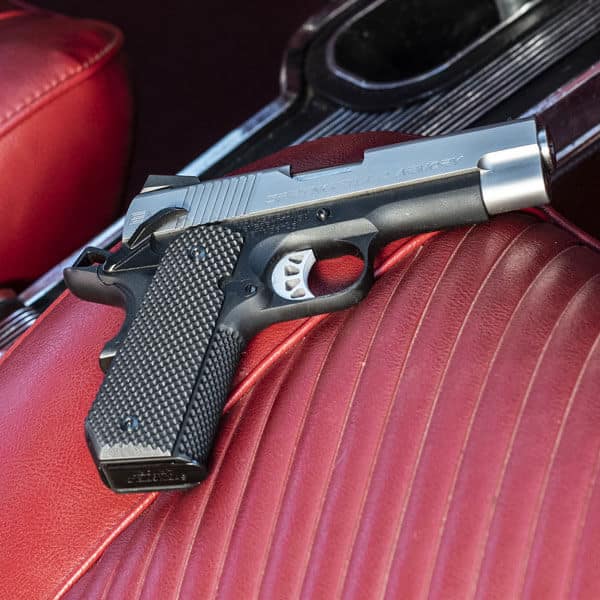Editor’s Note: This is the sixth entry in our 12-part Armed & Ready series from Richard Nance and Handguns magazine. The series covers a range of personal defense and CCW topics. See links below for the other entries:
- CCW Mistake That’ll Get You Killed
- Do You Carry Enough Gun?
- Carry Guns in Gun-Free Zones
- Bad Breath-Distance Gunfighting
- When You Can’t Pull the Trigger
- Why Does the 2nd Amendment Matter?
- Don’t Make a Cop Shoot You
- Hammer vs. Striker: Which Do You Need?
- Don’t Fight Blind
- Family Held Hostage: Do You Shoot?
- Why You Need an AR for Home Defense
Is there a time you should not aim your gun? While it’s more complicated than just that, the qualified answer can be “yes” based on the situation and the distance to your target. But let’s dive deeper into that.
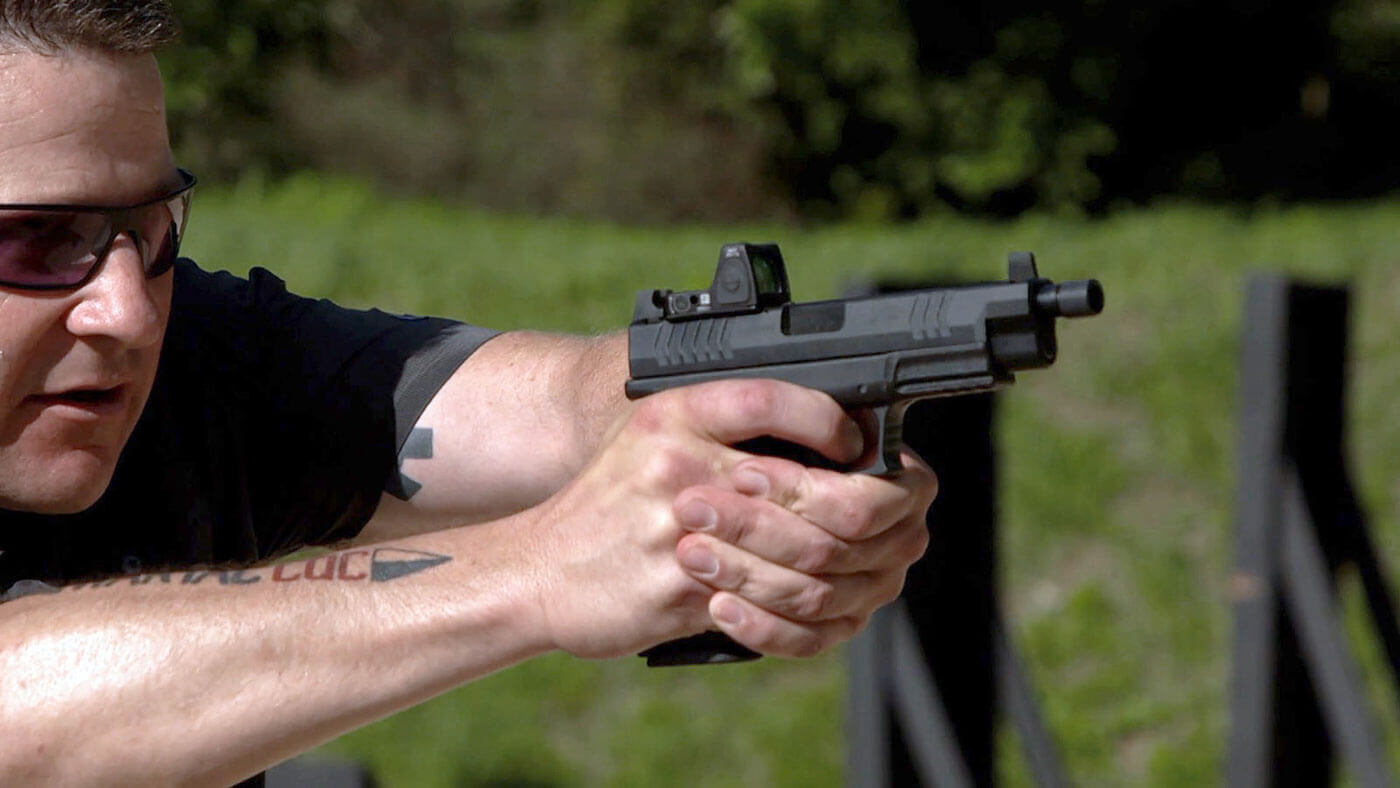
What we’re talking about is accuracy when engaging a target that is threatening you. This is practical accuracy rather than mechanical accuracy. Sure, your Springfield XD-M OSP 9mm might be able to hit a gnat’s posterior at 100 yards, but what can it hit when someone threatening you is only 3 yards away, and you need to draw and shoot?
When It Counts
There’s not a lot of time for deliberation when you’re in danger, and at ultra-close ranges there’s rarely time for a good sight picture. If you don’t have time to aim, you need to develop the skills needed to get rounds on target accurately and quickly.
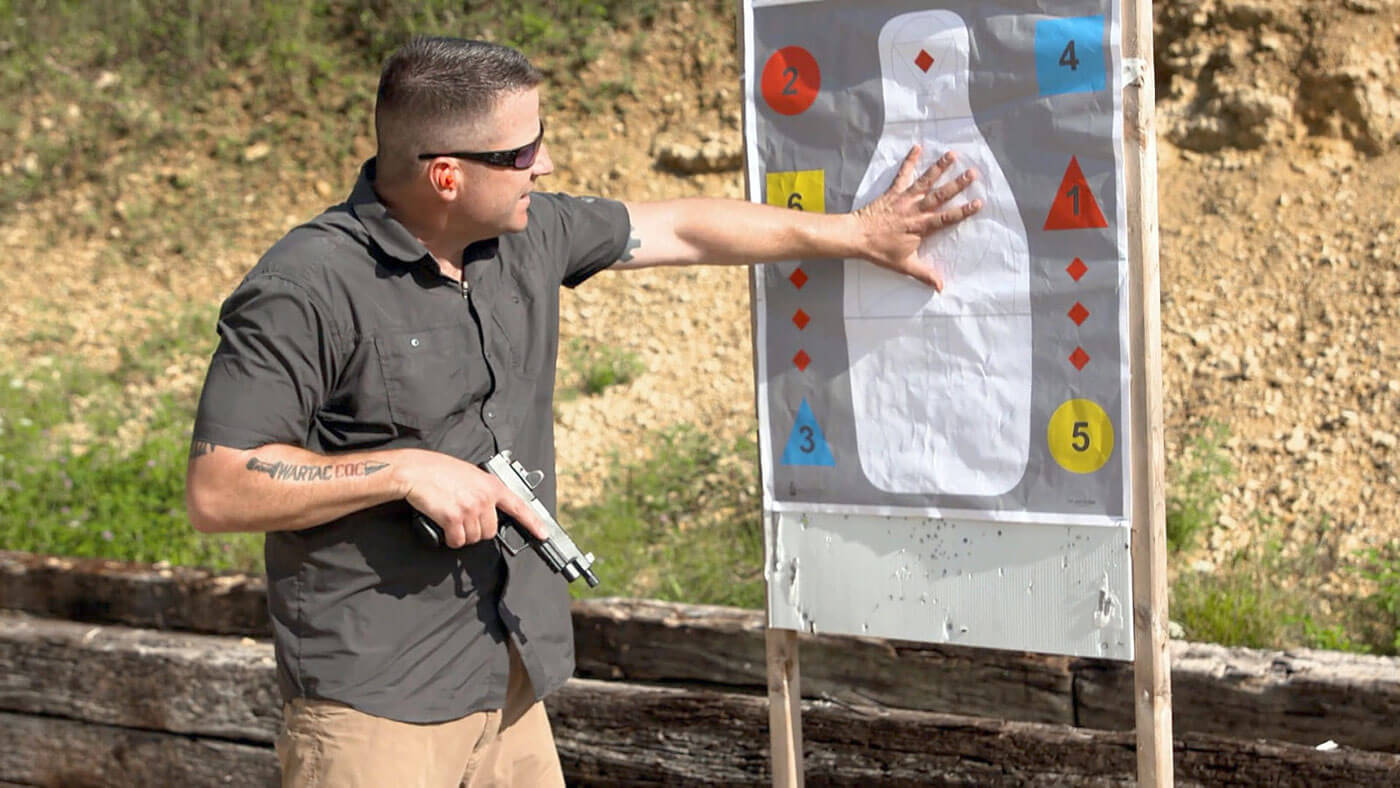
I recommend a realistic target that represents the threat you are likely to face in a self-defense situation. This target will give you the means to realistically train to shoot at the ranges you might find yourself in a self-defense shooting situation.
Going the Distance
We mentioned ranges. At bad breath distances (i.e., three yards and closer), you may have little to no time to precisely aim. In these cases, you should draw, bring the gun up and try to get a flash sight picture and put rounds into the upper center of the target, giving you the largest target possible.
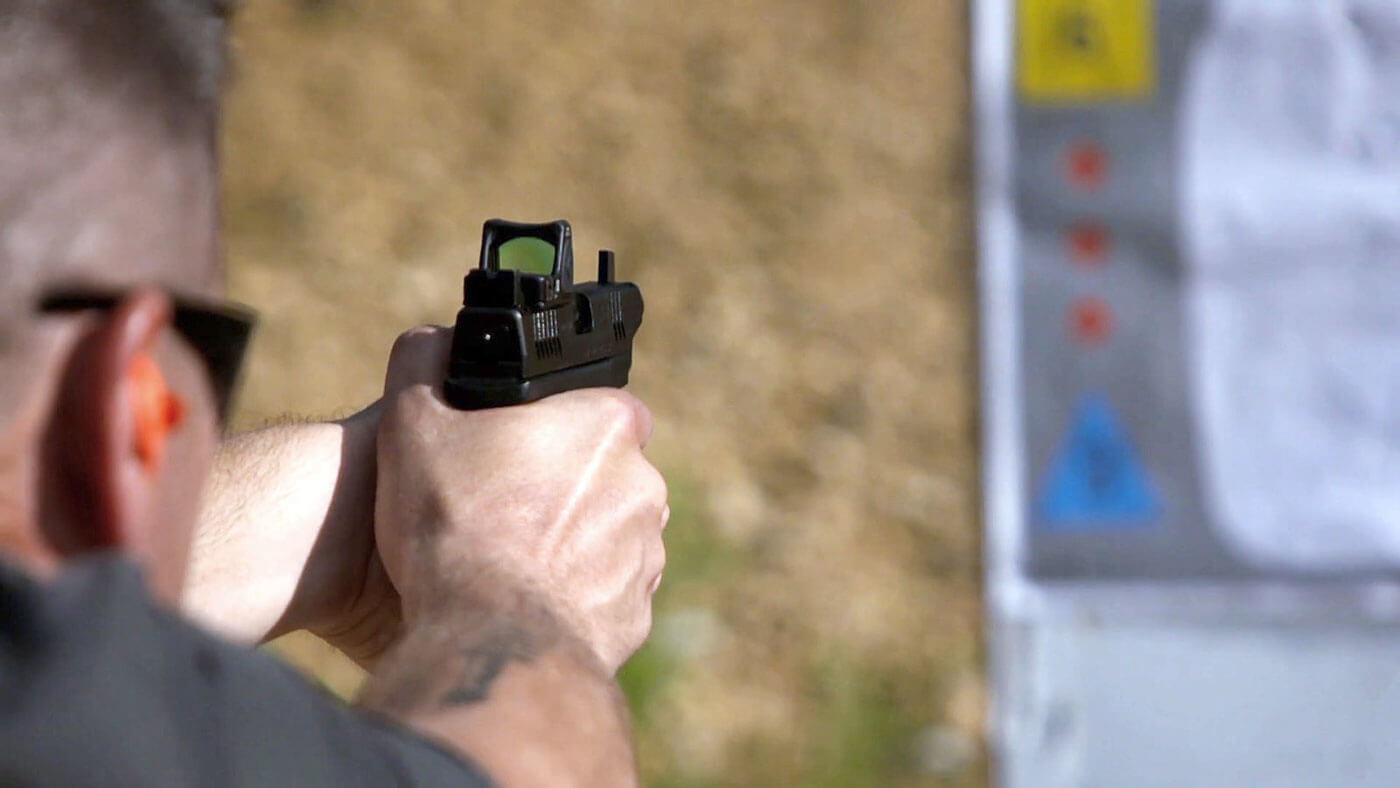
At a more distant threat, such as at 10 yards or so, you will want to slow down the process and aim more deliberately. Slow down just a bit, to make sure your rounds will hit. With the threat farther away, you theoretically should be able to spend that extra fraction of a second making your shot count.
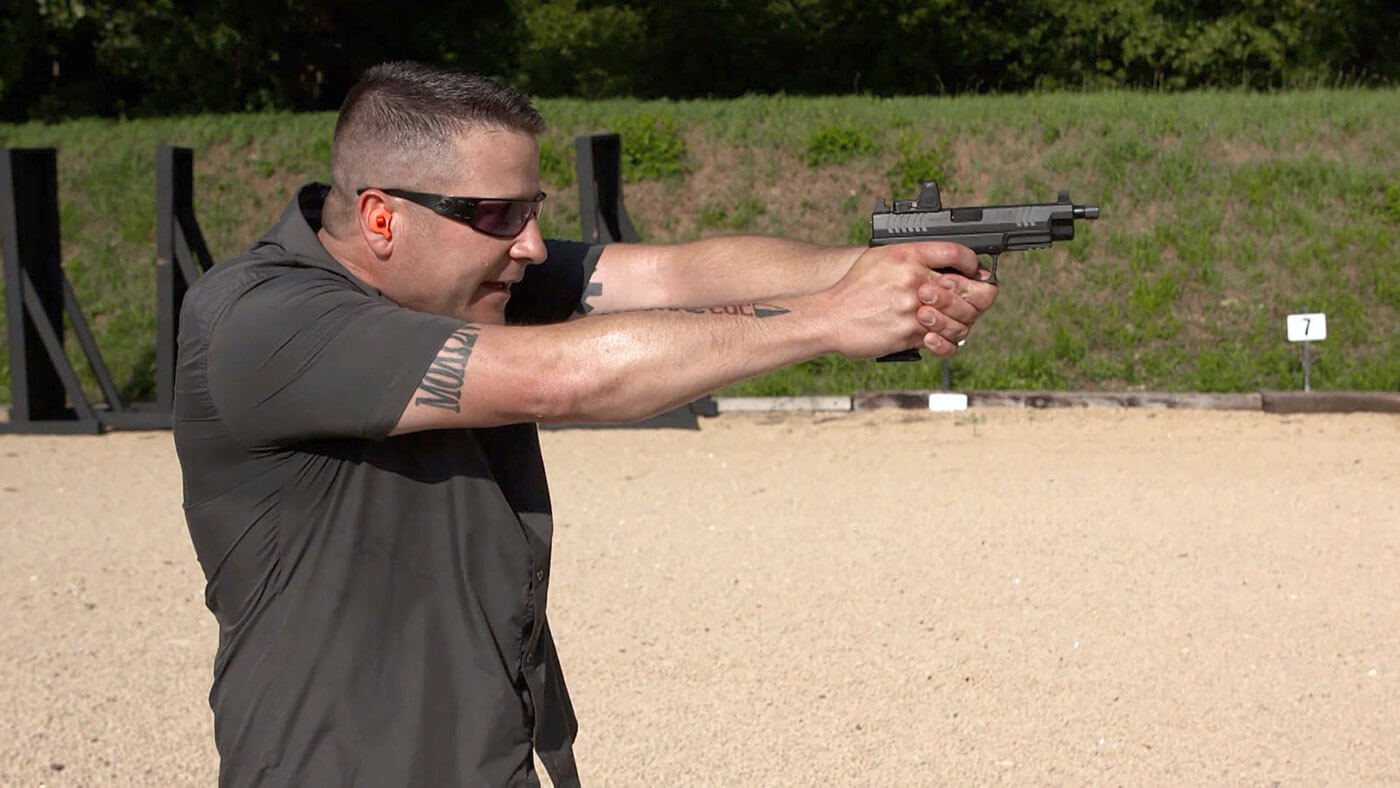
When a threat is farther out, say at 15 to 20 yards, you will need to become even more deliberate in your shot. Get a solid sight picture and press the trigger smoothly and deliberately. I realize this is easy to say but much harder to do under stress, but training on the range can ingrain these skills into your muscle memory, and you will revert to those types of skills under stress.
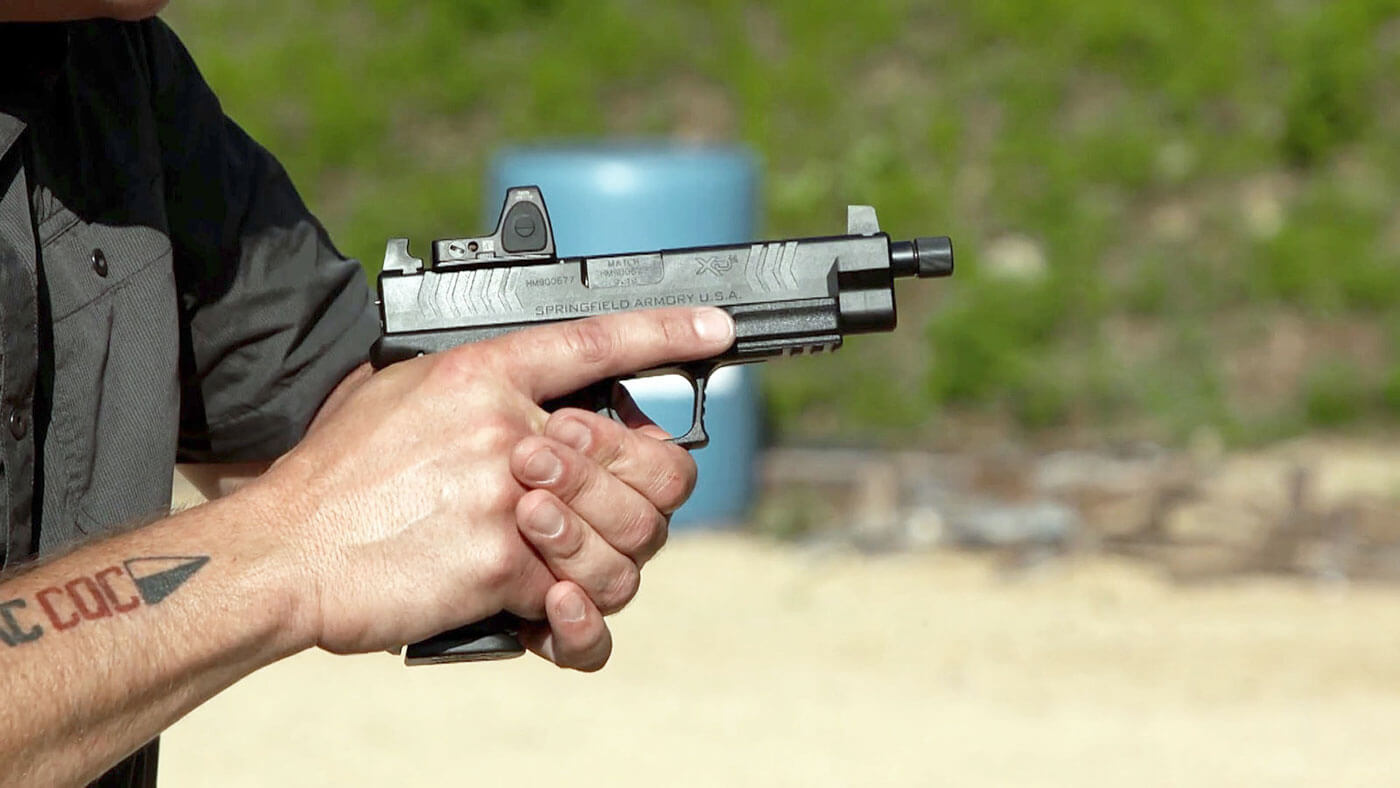
The Why, Plus the How
You might ask why one would be dealing with a threat at the farther distances, versus an “immediate” threat up close. Each self-defense situation will differ, so it is hard to say definitively what you will face if you do end up in one. You may be facing a threat with a knife very close, or one with a gun at a farther distance. Also, it is a good idea to train for a range of possibilities so you won’t be caught unprepared if you do face the unexpected.
Join the Discussion
Featured in this video
Continue Reading
Did you enjoy this video?

 139
139




